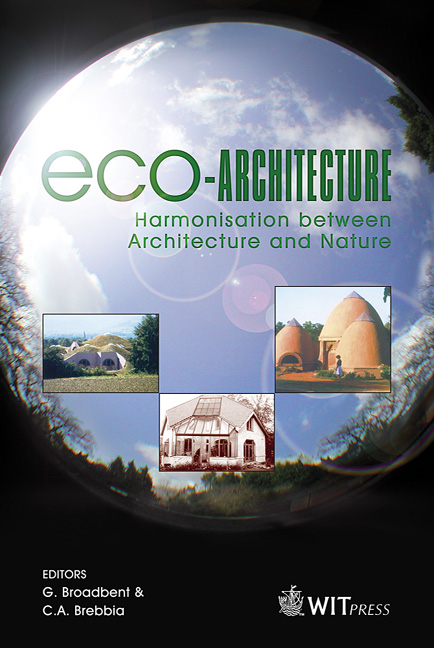Sustainable Building Design In Australia
Price
Free (open access)
Transaction
Volume
86
Pages
9
Published
2006
Size
747 kb
Paper DOI
10.2495/ARC060241
Copyright
WIT Press
Author(s)
C. McCabe
Abstract
The building and construction industry in Australia has taken significant steps forward in the last 3–5 years to improve their environmental performance. This improvement has been in response to increased focus of local/state government policies regarding Ecological Sustainable Development (ESD), as well as the availability of holistic environmental rating tools such as the Green Building Council of Australia’s Green Star rating tools. However the unique climatic conditions of Australia, which range from hot arid to cool temperate combined with its expansiveness generate considerable challenges to building designers in achieving environmentally responsive and sustainable buildings. In addition, designers are increasingly being engaged to contractually meet minimum environmental performance requirements that extend beyond energy conservation/greenhouse performance to cover issues such as water conservation, environmentally credible material selection, indoor environmental quality, transport, ecology and pollution as well as on-going environmental management of facilities. This paper will provide an overview through the combined use of case studies of how designers in Australia are innovatively tackling the demand and contractual requirement for environmentally responsive buildings. Keywords: climate, environmentally responsive buildings, ESD, Australia, environmental design. 1 Introduction The adoption and integration of sound ESD design principles within the Australian construction industry has taken considerable steps forward in the last three to five years. The historic lip service approach to ESD is being steadily
Keywords
climate, environmentally responsive buildings, ESD, Australia, environmental design.





